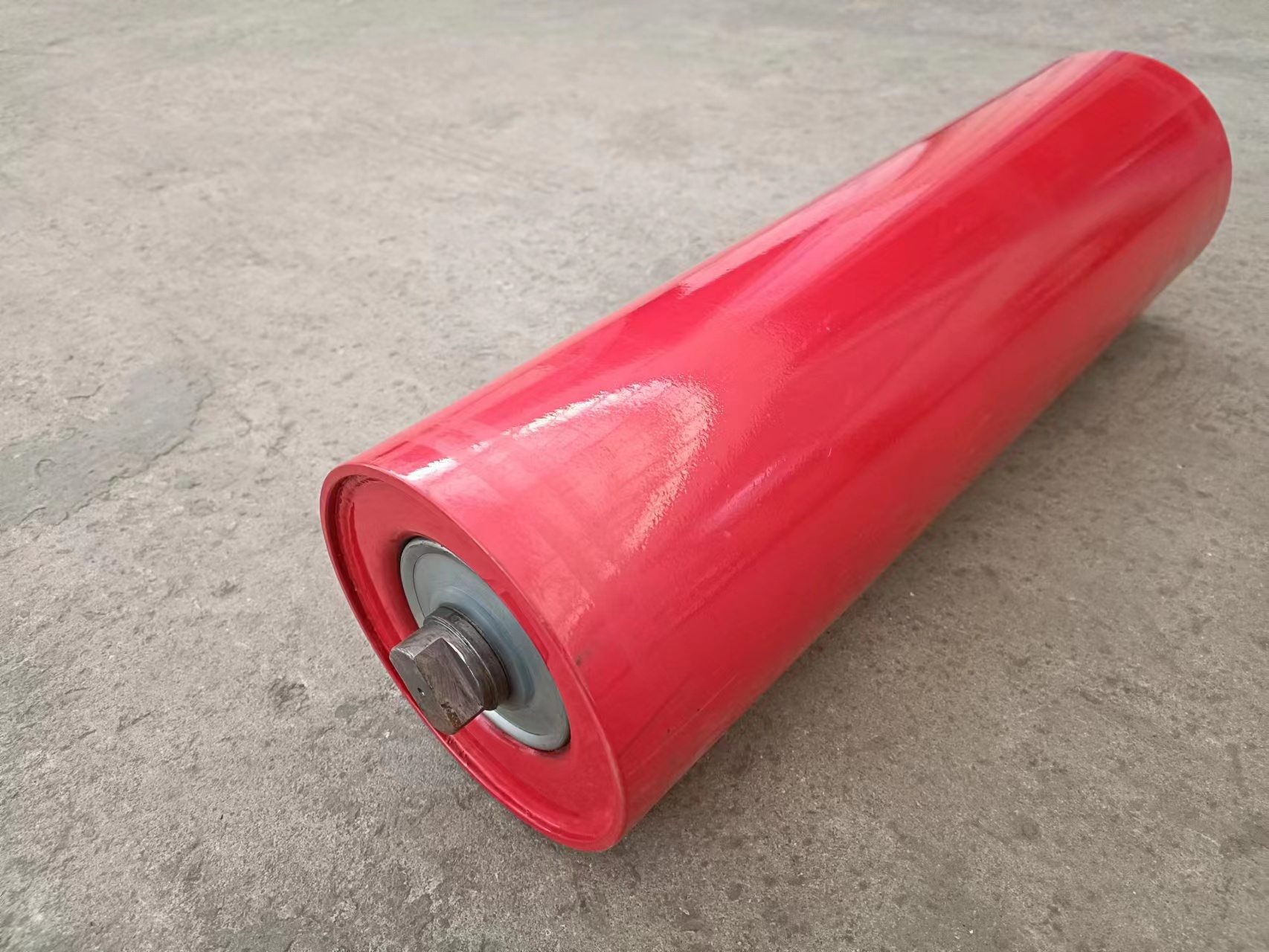 Afrikaans
Afrikaans  Albanian
Albanian  Amharic
Amharic  Arabic
Arabic  Armenian
Armenian  Azerbaijani
Azerbaijani  Basque
Basque  Belarusian
Belarusian  Bengali
Bengali  Bosnian
Bosnian  Bulgarian
Bulgarian  Catalan
Catalan  Cebuano
Cebuano  Corsican
Corsican  Croatian
Croatian  Czech
Czech  Danish
Danish  Dutch
Dutch  English
English  Esperanto
Esperanto  Estonian
Estonian  Finnish
Finnish  French
French  Frisian
Frisian  Galician
Galician  Georgian
Georgian  German
German  Greek
Greek  Gujarati
Gujarati  Haitian Creole
Haitian Creole  hausa
hausa  hawaiian
hawaiian  Hebrew
Hebrew  Hindi
Hindi  Miao
Miao  Hungarian
Hungarian  Icelandic
Icelandic  igbo
igbo  Indonesian
Indonesian  irish
irish  Italian
Italian  Japanese
Japanese  Javanese
Javanese  Kannada
Kannada  kazakh
kazakh  Khmer
Khmer  Rwandese
Rwandese  Korean
Korean  Kurdish
Kurdish  Kyrgyz
Kyrgyz  Lao
Lao  Latin
Latin  Latvian
Latvian  Lithuanian
Lithuanian  Luxembourgish
Luxembourgish  Macedonian
Macedonian  Malgashi
Malgashi  Malay
Malay  Malayalam
Malayalam  Maltese
Maltese  Maori
Maori  Marathi
Marathi  Mongolian
Mongolian  Myanmar
Myanmar  Nepali
Nepali  Norwegian
Norwegian  Norwegian
Norwegian  Occitan
Occitan  Pashto
Pashto  Persian
Persian  Polish
Polish  Portuguese
Portuguese  Punjabi
Punjabi  Romanian
Romanian  Russian
Russian  Samoan
Samoan  Scottish Gaelic
Scottish Gaelic  Serbian
Serbian  Sesotho
Sesotho  Shona
Shona  Sindhi
Sindhi  Sinhala
Sinhala  Slovak
Slovak  Slovenian
Slovenian  Somali
Somali  Spanish
Spanish  Sundanese
Sundanese  Swahili
Swahili  Swedish
Swedish  Tagalog
Tagalog  Tajik
Tajik  Tamil
Tamil  Tatar
Tatar  Telugu
Telugu  Thai
Thai  Turkish
Turkish  Turkmen
Turkmen  Ukrainian
Ukrainian  Urdu
Urdu  Uighur
Uighur  Uzbek
Uzbek  Vietnamese
Vietnamese  Welsh
Welsh  Bantu
Bantu  Yiddish
Yiddish  Yoruba
Yoruba  Zulu
Zulu Innovative Self-Cleaning Roller Technology for Effortless Maintenance and Convenience
The Innovations Behind Self-Cleaning Rollers
In today’s fast-paced world, where cleanliness and hygiene are paramount, the introduction of self-cleaning rollers has marked a significant advancement in various industries, including manufacturing, printing, and food processing. These innovative tools not only save time and labor but also enhance operational efficiency and safety. This article delves into the mechanics, advantages, and future potential of self-cleaning rollers.
Understanding Self-Cleaning Rollers
Self-cleaning rollers are designed to automatically remove dust, debris, and contaminants during their operation. Unlike traditional rollers, which often require manual cleaning, self-cleaning rollers incorporate specialized materials and technologies that enable them to maintain a clean surface without constant human intervention. The core technology typically involves a combination of advanced coatings, smart design features, and sometimes integrated automated cleaning mechanisms.
One prominent example of self-cleaning technology is the use of hydrophobic or oleophobic coatings. These surfaces repel water and oils, causing liquids and dirt to slide off rather than adhere. This is particularly useful in environments where spills and splashes are common, such as in food processing plants, where hygiene is critical to prevent contamination.
Advantages of Self-Cleaning Rollers
1. Enhanced Productivity Traditional cleaning methods can significantly disrupt production lines, leading to downtime and inefficiencies. Self-cleaning rollers minimize these interruptions by reducing the frequency and duration of cleaning cycles, allowing operations to run smoothly.
2. Improved Hygiene In industries where cleanliness is paramount, such as healthcare and food production, self-cleaning rollers ensure that surfaces remain uncontaminated. This is essential not only for meeting regulatory standards but also for safeguarding consumer health.
self cleaning roller

3. Cost-Effectiveness While the initial investment in self-cleaning technology may be higher than conventional rollers, the long-term savings associated with reduced labor costs, minimized downtime, and lower cleaning supply expenses can make these tools more economically viable.
4. Environmental Benefits With the ability to operate more efficiently, self-cleaning rollers contribute to reduced waste and lower energy consumption. This appeals to organizations aiming to boost their sustainability initiatives and minimize their ecological footprint.
Future Prospects
The potential for self-cleaning roller technology extends beyond its current applications. Ongoing research is exploring the integration of sensors and IoT capabilities, which could lead to truly intelligent rollers that monitor their cleanliness in real-time. These rollers could automatically initiate cleaning protocols when needed, providing optimal performance without human oversight.
Furthermore, advancements in materials science are paving the way for even more effective self-cleaning properties. Innovations such as nano-coatings and smart polymers could revolutionize the effectiveness of these rollers, making them viable in even more demanding environments. As industries increasingly prioritize hygiene and efficiency, the demand for self-cleaning solutions is poised to grow.
Conclusion
Self-cleaning rollers represent a significant leap forward in industrial efficiency and hygiene. By incorporating advanced materials and smart technology, these tools minimize manual cleaning requirements, enhance operational productivity, and contribute to safer working environments. As research and development continue to evolve, the future of self-cleaning technology promises to transform not only how industries operate but also how they manage cleanliness and maintenance. Embracing this innovation could lead to a cleaner, safer, and more efficient future across various sectors.
-
Revolutionizing Conveyor Reliability with Advanced Rubber Lagging PulleysNewsJul.22,2025
-
Powering Precision and Durability with Expert Manufacturers of Conveyor ComponentsNewsJul.22,2025
-
Optimizing Conveyor Systems with Advanced Conveyor AccessoriesNewsJul.22,2025
-
Maximize Conveyor Efficiency with Quality Conveyor Idler PulleysNewsJul.22,2025
-
Future-Proof Your Conveyor System with High-Performance Polyurethane RollerNewsJul.22,2025
-
Driving Efficiency Forward with Quality Idlers and RollersNewsJul.22,2025





























